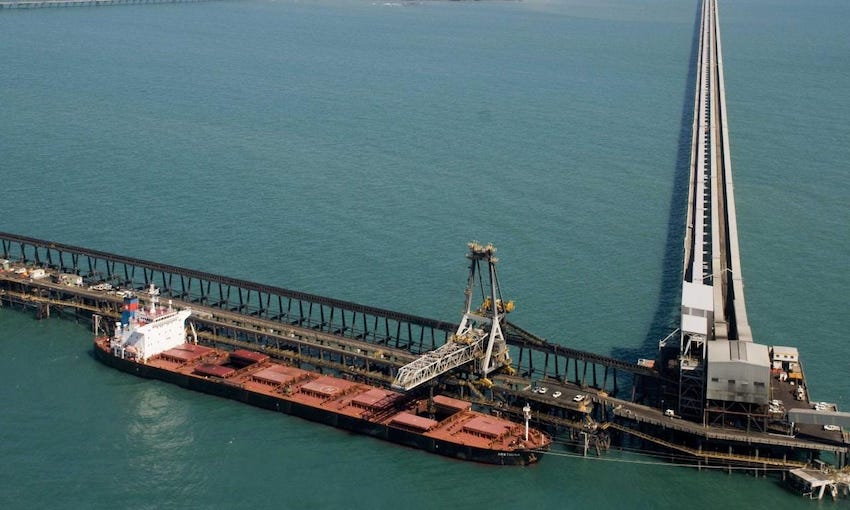THE first ever publicly available rehabilitation plan for a major coal export port terminal in Australia is delivering significant value at least 30 years in advance of the terminal’s end of life.
The Dalrymple Bay Coal Terminal near Mackay in Queensland is leased by DBCT Management under an arrangement with the Queensland government. As part of this arrangement, DBCT Management may ultimately be required to rehabilitate the onshore and offshore infrastructure of the port terminal to its natural state and condition.
GHD Advisory has developed a comprehensive rehabilitation plan based on a rigorous technical framework outlining the specific decommissioning, demolition, disposal, remediation and rehabilitation tasks required for rehabilitating DBCT.
The rehabilitation plan has helped DBCT Management prepare an accurate and robust cost estimate for the work required.
Hiresh Devaser, GHD Advisory’s service line leader in Australia, for investment, policy and economics said, “The DBCT rehabilitation plan has contributed to significantly reducing DBCT Management’s exposure to any unplanned financial liability at the end of its lease for the terminal”.
Another important benefit of the plan is that it enabled DBCT Management to deliver an evidence-based cost estimate to the Queensland Competition Authority, as part of DBCT Management’s 2021 draft access undertaking. The QCA is responsible for assessing whether the draft access undertaking, which considers rehabilitation obligations, is prudent and efficient.
“GHD Advisory’s rehabilitation plan for DBCT demonstrates that the proposed tasks and costs are backed by evidence-based logic,” Mr Devaser said.
He added that rehabilitation of port terminals was a new and evolving area, and owners and operators of other port terminals could learn from the DBCT experience.
“Whereas mine sites get a lot of attention regarding asset closure, there is much less research and knowledge in relation to the remediation and rehabilitation of port and terminal infrastructure,” he said.
“The rehabilitation process for a port terminal can be far more complex, given the size of the facilities and how sensitive the marine environments can be to the nominated demolition and disposal approaches. These considerations trigger an additional dimension of planning relative to the mining rehabilitation process.
“Our advice to other owners and operators is to start early on rehabilitation planning and to not underestimate the complexity, duration and costs.”

